. c l li c k photos
c l li c k photos
Captain Arthur Phillip.
http://home.vicnet.net.au/~firstff/story.htm
http://www.google.ca/search?q=first+fleet+australia&hl=en&rlz=1C1GGLS_enCA303CA303&tbs=tl:1&tbo=1&ei=Xy1fSoC7NZGsNrauva4C&sa=X&oi=timeline_result&ct=title&resnum=15
THE FIRST FLEET 1787 - 1788 THE VOYAGE
MAY 1787 : DEPARTURE
"..AT 4 AM FIRED GUN AND MADE THE SIGNAL TO WEIGH, WEIGH'D AND MADE SAIL, IN COMPANY WITH THE HYAENA FRIGATE, SUPPLY ARMED TENDER, SIX TRANSPORTS AND THREE STORE SHIPS, AT 9 FIRED A GUN AND MADE THE SIGN'L FOR THE CONVOY TO MAKE MORE SAIL."With these words the logbook of HMS Sirius recorded the departure of what we know today as "The First Fleet". The eleven ships of the fleet under the command of Captain Arthur Phillip RN took their leave from Portsmouth, England early on Sunday 13 May 1787 bound for a virtually unknown shore eight long months and half a world away. The escort vessel, HMS Hyaena stayed with the fleet until it was clear of the English channel and into open waters. Aboard were some 750 convicts from Britian's overcrowded prison system. They were bound for Botany Bay, there to establish the first European settlement on Australian soil.
JUNE 1787 : TENERIFFE
The first port of call was to be the town of Santa Cruz on Teneriffe in the Canary Islands, there to take on fresh water and vegetables. The fleet arrived at Teneriffe on 3 June 1787, three weeks after leaving England. One of Phillip's officers, Marine Captain Watkin Tench recorded: "During our short stay we had every day some fresh proof of his Excellency's esteem and attention, and had the honour of dining with him, in a style of equal elegance and splendor".AUGUST 1787 : RIO de JANEIRO
It took eight weeks for the Fleet to cross the Atlantic, from the Canary Islands to the South American coast. This seemingly circuitous crossing was to take maximum advantage of the prevailing winds. The Fleet Commander, Captain Arthur Phillip explained in his official account: "Stormy seas were succeeded by warm weather and favourable winds. Land was sighted on 2 August 1787, and by 6 August the even ships in the Fleet were anchored in the harbour at Rio de Janeiro".OCTOBER 1787 : CAPE OF GOOD HOPE
The eleven ships of the fleet sailed from Rio de Janeiro on 5 September 1787. Ahead was their third and final civilised port of call en route. It took more than five weeks for the fleet to complete the crossing from Rio to the Cape. Land was sighted early on the morning of 13 October, and by dark all eleven ships were anchored in Table Bay. Whilst in port, provisions were loaded. Corn was in short supply, but cattle and other supplies were found to be plentiful. Even the convicts enjoyed the luxury of fresh meat and vegetables. On 12 November 1787 the Fleet set sail once more. Ahead was Botany Bay, visited previously only by Cook and the crew of the Endeavour'.JANUARY 1788: ARRIVAL
The voyage from Cape Town to Botany Bay took about eight weeks. It was an uncomfortable passage as the ships were buffeted by rough seas. There was no let-up, even on Christmas Day. It was Captain Phillip's plan to go on ahead and seek out the best possible site for the proposed settlement before the main fleet arrived. He therefore transferred to Supply' and split the convoy into three. Supply' would proceed alone; the three fastest transports, Alexander', Scarborough' and Friendship would follow at full speed; and Sirius' would escort the remainder of the Fleet at the best rate they could muster. As it happened, 'Supply' arrived at Botany Bay on 18 January. The second part of the Fleet followed within twenty-four hours, and the remainder of the Fleet made its appearance on the following day. Phillip was not taken with Botany Bay as the site for his settlement, so he headed north to Port Jackson where (in his own words) he discovered: ...one of the finest harbours in the world, in which a thousand sail of the line might ride in perfect security.1788 Arrival in the New Land; On arrival Botany Bay the area was found to be unsuitable for settlement and moving a little further north they approached a small cove later named 'Sydney Cove', where fresh water was readily available and the timber more pliable. Pleased with this more suitable site, on the 26th January 1788 at the spot now known as Circular Quay, Captain Arthur Phillip and his Officers raised the British flag and toasted the new Colony.
1788 The Women are disembarked - drunken revelry "beggars every description..." Soon after the convict men were unshackled and disembarked, the inhospitable terrain considered at deterrent for escape. The women were brought to the shore ten days later and on seeing the women the convict men broke into frenzy, the rum barrels were broken and rape and debauchery reigned. Seeing the wildness in their eyes, Phillip and his Officers kept their own men at a distance, deciding to let the events take their course and did nothing to help the women. A great Storm clouded the events and some precious stock were killed. A ‘first hand’ report of that day and evening still survives;
On Wednesday 6 February 1788, the women were brought ashore from their transport ships. It was a day of frequent thunder squalls, the wind was from the west-north-west, the temperature was 70 degrees F, and the barometer 29.48. Bowes describes the disembarkation in his journal; Transcription; “At five o’clock this morning, all things were got in order for landing the whole of the women, and three of the ship's longboats came alongside us to receive them; previous to them quitting the ship, a strict search was made to try if any of the many things which they had stolen on board could be found, but their artifice eluded the most strict search, and a six o’clock p.m. we had the long wished for pleasure of seeing the last of them leave the ship. They were dressed in general very clean, and some few amongst them might be said to be well dressed. The men convicts got to them very soon after they landed, and it is beyond my abilities to give a just description of the scene of debauchery and riot that ensued during the night. They had not been landed more than an hour, before they had all got their tents pitched or anything in order to receive them, but there came on the most violent storm of thunder lightening and rain I ever saw. The lightening was incessant during the whole night and I never heard it rain faster. About 12 o’clock in the night one severe flash of lightening struck a very large tree in the center of the Camp, under which some places were constructed to keep the sheep and hogs in. It split the tree from top to bottom, killed five sheep belonging to Major Ross, and a pig of one of the Lieutenants. The severity of the lightening this and the two preceding nights leaves no room to doubt but many trees which appear burnt up to the tops of them were the effect of lightening. The sailors in our ship requested to have some grog to make merry with upon the women quitting the ship, indeed the Captain himself had no small reason to rejoice upon their being all safely landed and given into the care of the Governor [Philip], as he was under the penalty of 40 pounds for every convict that was missing. For which reason he complied with the sailor’s request, and about the time they began to be elevated the tempest came on. The scene which presented itself at this time and during the greater part of the night beggars every description. Some swearing, others quarrelling, others singing – not the least regarding the tempest, though so violent that the thunder shook the ship exceeded anything I ever before had a conception of. I never before experienced so uncomfortable a night, expecting every moment the ship would be struck with the lightening. The sailors almost all drunk, and incapable of rendering much assistance had an accident happen and the heat was almost suffocating.” Source: URL: http://www.cedir.uow.edu.au/programs/First Fleet/s_women
Waltzing Matilda (press)
P r i s o n H u l k s, Portsmouth.
|
.
above: saying goodbye to loved ones sent to Botany Bay


Foundation Ceremony 1788 Sydney Cove.
Governor Phillip's Journal
http://www.australiaexplorers.com/arthurphillip/journaltobotanybay/chapter15.html
 Charlotte, Convict Transport
Charlotte, Convict Transport

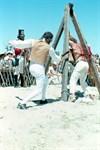








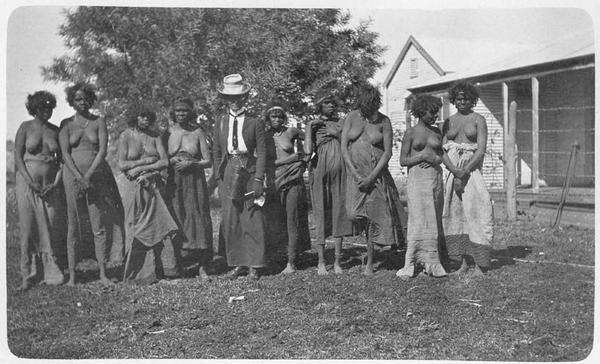



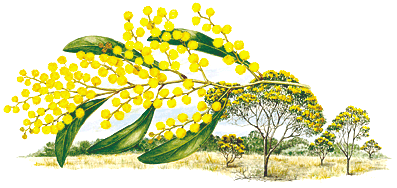


+copy.jpg)










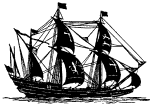





















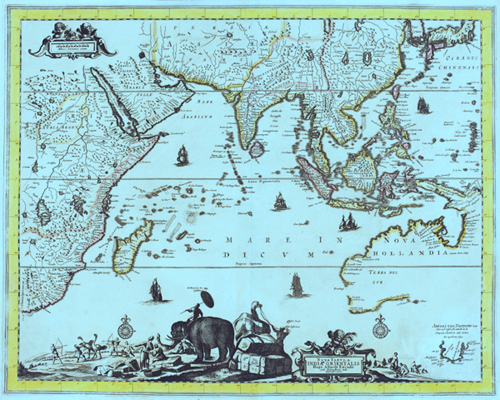

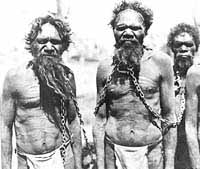
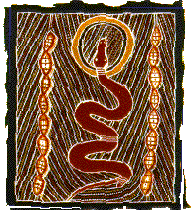


















.jpg)


























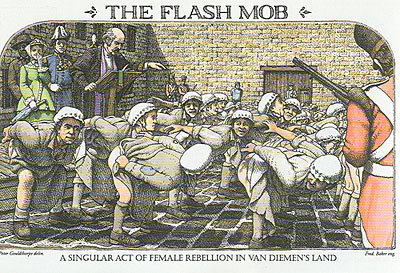
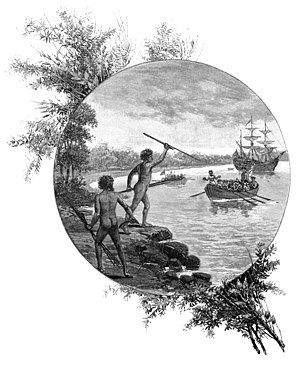 G
G







.jpg)
















No comments:
Post a Comment